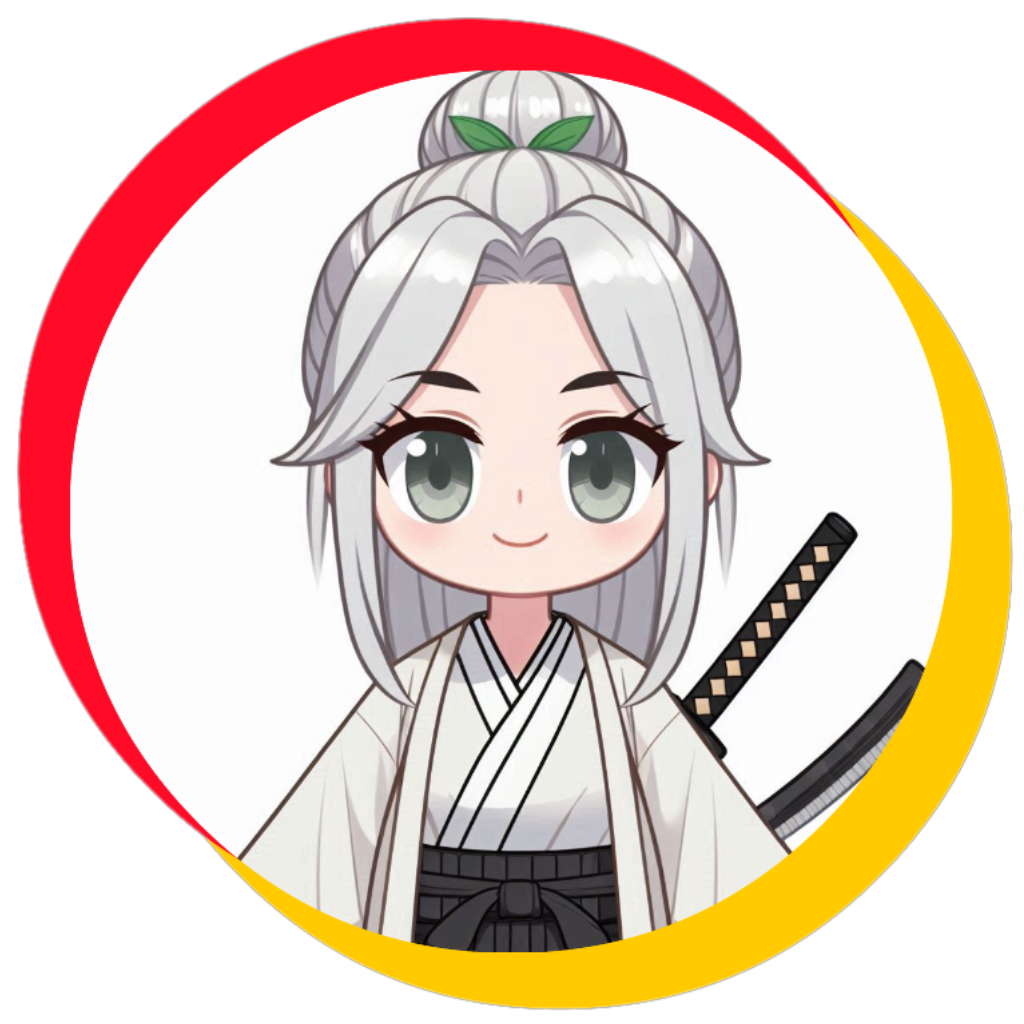From hitman to konbini staff! Sakamoto Days is another fun language learning tool.
If you're learning Japanese and want a fun, immersive way to improve your skills, Sakamoto Days is a great option. Sakamoto Days is a fast-paced anime that blends intense action with lighthearted comedy. The story centers on Taro Sakamoto, once the most feared hitman in Japan, who retires to live a quiet life running a convenience store with his family. However, his past refuses to stay buried, and he’s constantly pulled back into dangerous situations—though now he fights to protect his peaceful life rather than destroy others.
This anime offers real value for language learners, whatever level you are. Just like last week’s anime, If you’re just starting out I recommend turning on English subtitles. I have to admit that I still turn on subtitles when I’m tired, so no need for any shame about that!
What makes the series especially engaging is its balance of humor and high-stakes combat. Sakamoto, despite his quiet demeanor and dad-bod appearance, is still incredibly skilled. He uses clever tactics, improvised weapons, and sheer strength to outwit and overpower enemies, often in creative and hilarious ways.
His allies, including Shin—a telepathic former assassin—bring personality and sharp banter that keep the story lively. One of the funniest running gags is that Sakamoto rarely speaks aloud, but Shin hears his every thought. Sakamoto even takes advantage of this by vividly imagining Shin’s demise in increasingly graphic and absurd ways when he’s unhappy with him!
The manga also features a rotating cast of eccentric villains and allies, each with unique fighting styles and motivations. I really love the parrot Piisuke, who is so much more than just a pet!
The action scenes are dynamic and fast-paced, often mixing slapstick comedy with serious choreography. This blend of tones makes the series accessible and entertaining, even for readers who aren’t typically drawn to action-heavy stories, like me!
For Japanese learners, this mix of dialogue—from intense confrontations to casual conversations—offers a wide range of language exposure.
You’ll encounter everything from formal speech to slang, regional dialects, and playful insults, all within a context that’s easy to follow thanks to the visual storytelling. I’m thoroughly enjoying the series and very curious to see the next episode!


